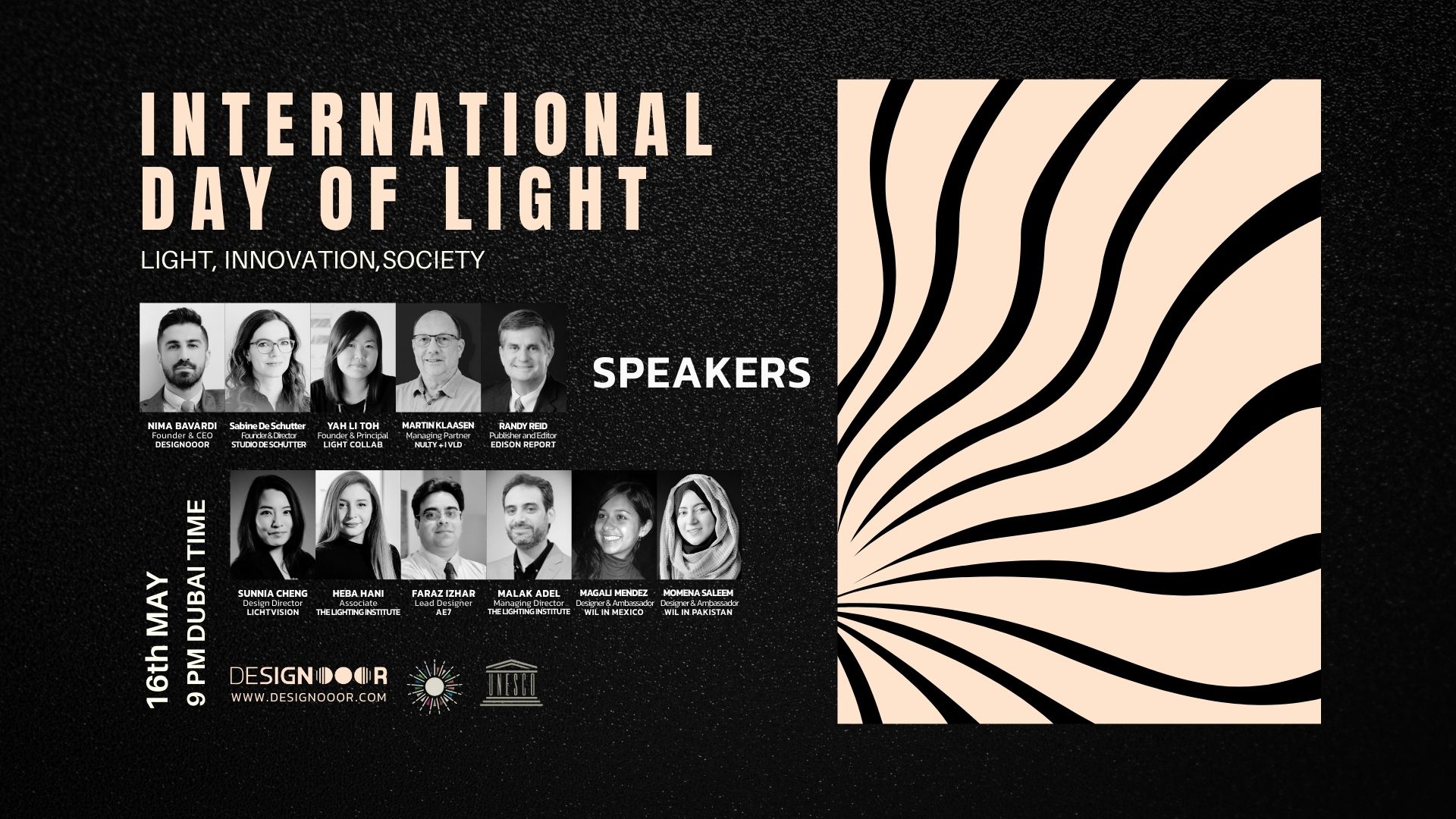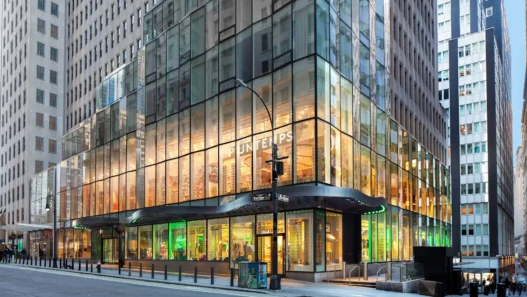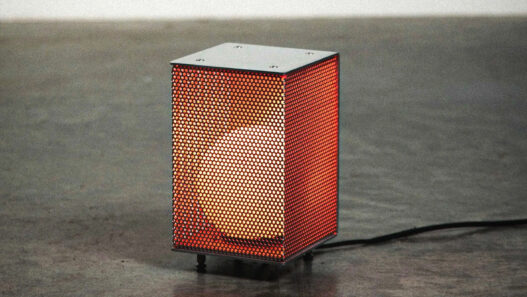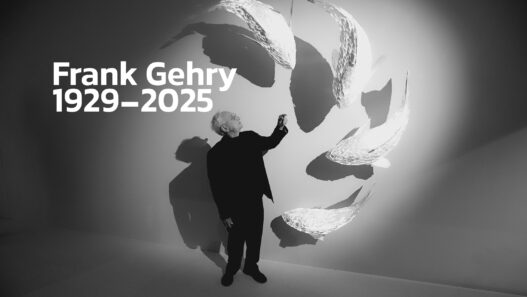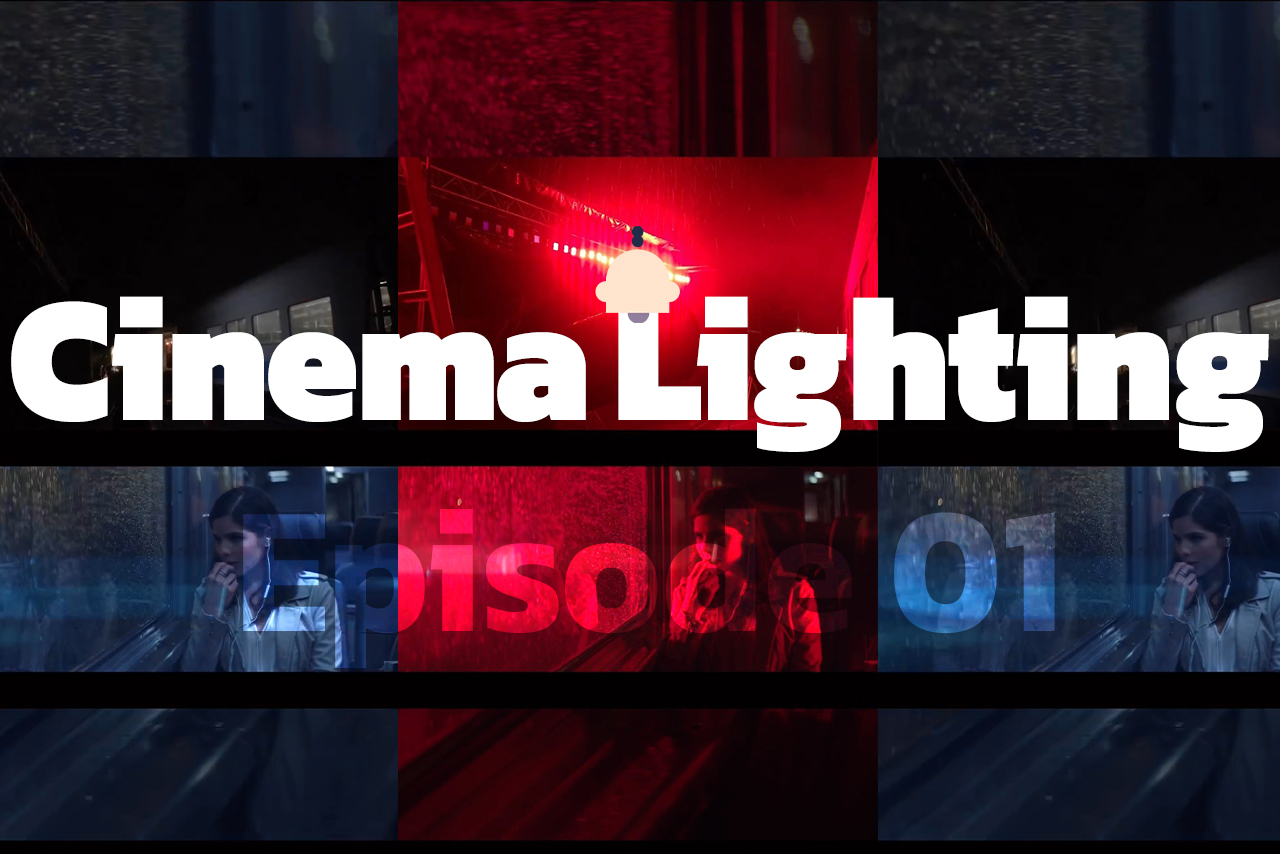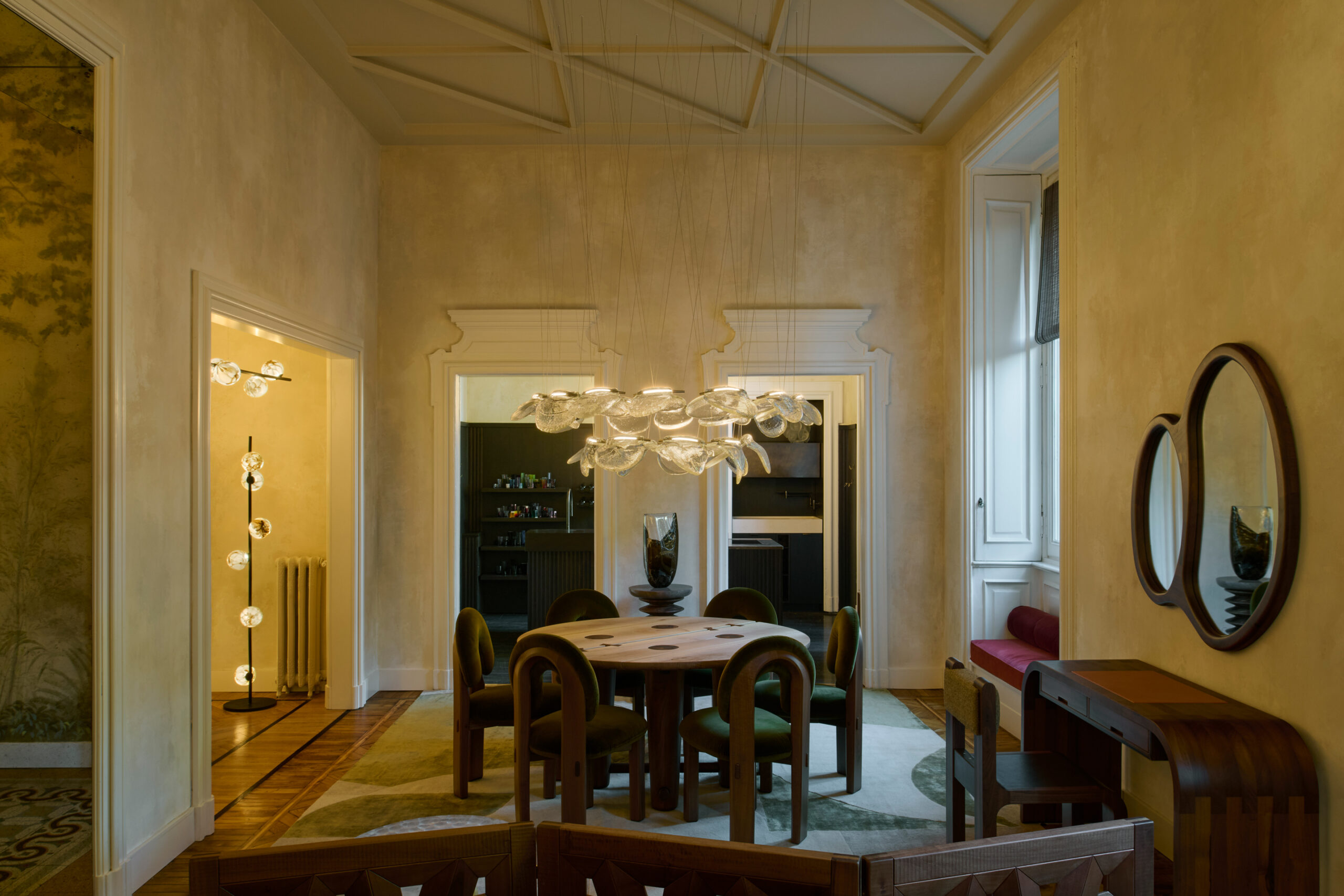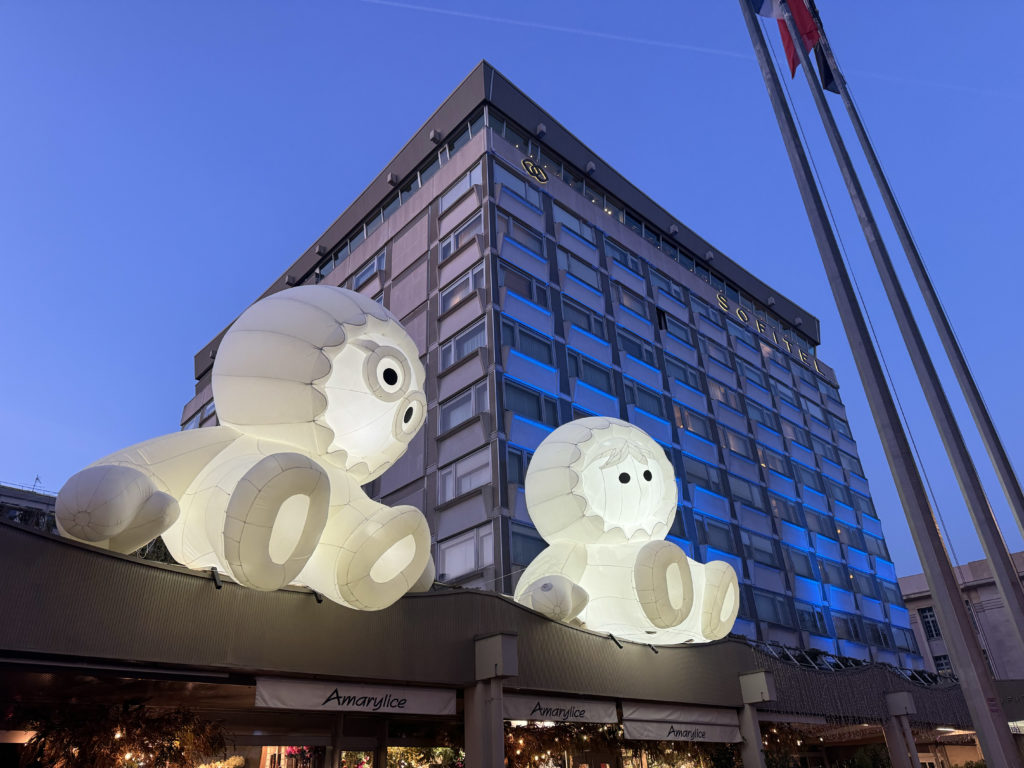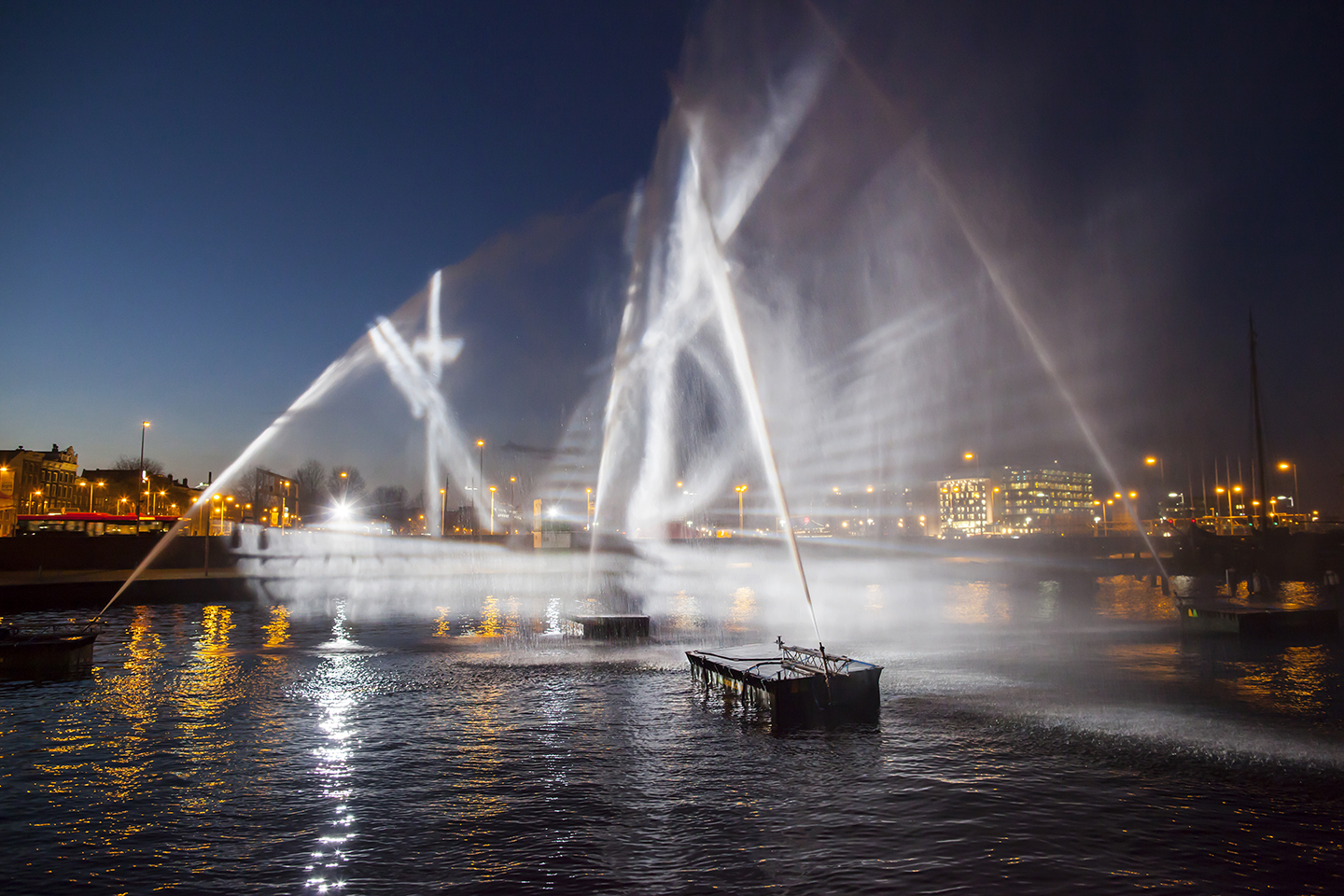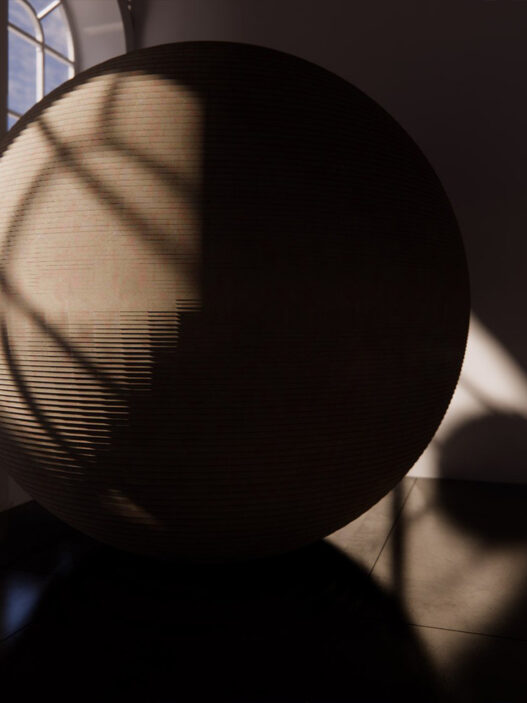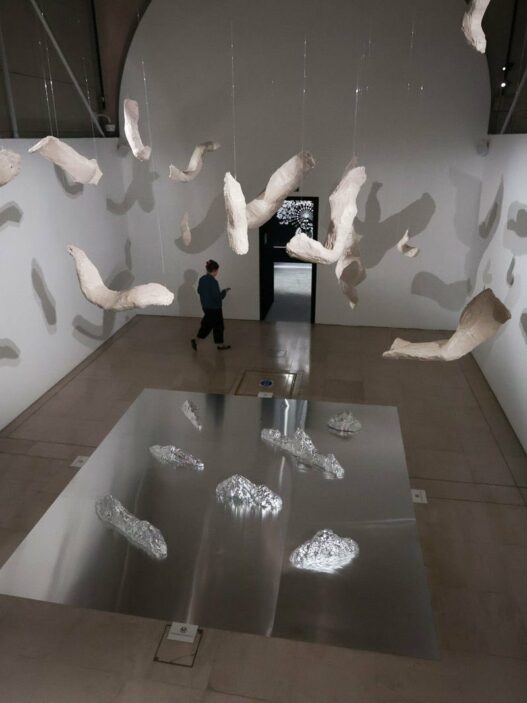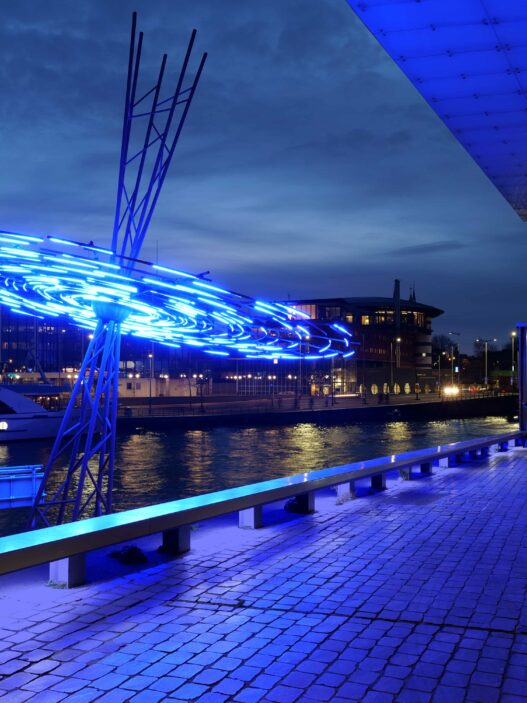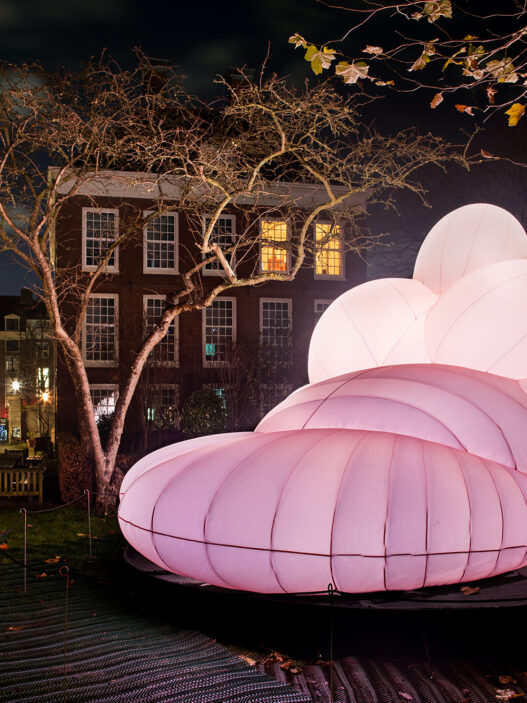In this behind-the-scenes video, we’re witnessing a lighting design that operates with cinematic precision and a comprehensive grasp of space, time, and audience psychology. It’s a design that goes far beyond the realm of utility, light here is not merely a tool but a narrative language. Scene by scene, this footage reveals a lighting philosophy where illumination is not about making things visible; it’s about making things *felt*. Matt Ardine constructs an image that’s not only outside the train car but embedded deep within the characters themselves. This isn’t simply practical design, it’s psychological, conceptual, and deeply expressive.
In the opening seconds of the video, as the team arranges an array of Digital Sputnik modules, it becomes evident that the light in this film isn’t meant to originate from within the space. It presses in from outside, visually and emotionally. That architectural choice transforms light from a passive element into an active force. The outside world becomes a pressure, an invisible presence pushing its way into the interior frame. This isn’t just illumination, it’s intrusion. When the lights shift subtly beyond the window frame, mimicking the transience of sunlight breaking through clouds, we’re seeing light designed to express *anxiety*, not just clarity.
As the video progresses, and we witness the interaction between the Scenius fixtures and the programmable digital sources, a certain “theatrical-cinematic” duality emerges. The tonal palette shifts, from warm yellows to neutral whites and eventually into colder blues. This color transition isn’t arbitrary. Warm light signifies memory, humanity, and emotional nearness. As the hues cool down, that intimacy gives way to detachment, isolation, control. The psychology of color is fully at play here. The viewer is emotionally guided not by plot or performance, but by the changing temperature and directionality of light, just as music might alter the emotional terrain of a scene without ever announcing itself.
In the middle section of the video, when sweeping mechanical lighting movements cast into the train car’s interior, something crucial happens: the shadows begin to synchronize with the motion of the train. That sync is not a technical coincidence, it’s dramaturgical. These shifting shadows, projected across windows and metal interiors, create a rhythm that aligns with the psychological movement of the characters. We feel like they are “passing through” something, not because the train moves, but because the *light moves*. It’s this deeply rooted fusion between motion, time, and psychological space that elevates the lighting design into the realm of narrative gesture.
In the final moments of the video, light begins to cut in from the left and shift across the frame with narrower, more focused beams. This induces a form of subtle suspense and directorial control. Without imposing, the light gently guides the viewer’s eye, much like how Leonardo da Vinci used the gaze of his subjects to lead the viewer deeper into the canvas. Here, the beams and shadows do exactly that. There’s no dialogue, no explicit visual cue, but the effect is undeniable. This is light that has become poetic expression, light that doesn’t just show the world, but *reveals* it.
Ultimately, what this video shows us is the mark of true cinematic lighting design: light that serves not merely as a function but as a co-author of the narrative. Light that doesn’t insist on being seen, but instead, chooses to *make us feel*. This kind of design reveals rather than illustrates, and it does so not in brightness but in shadow, in tonal hesitation, in atmospheric instability. In this project, Matt Ardine isn’t working as a technician, he’s operating as an auteur. With light, he speaks the silence of the characters.
DP: Justin Gurnari
Gaffer: Matt Ardine
Key Grip: Tom “Tj” Johnson
